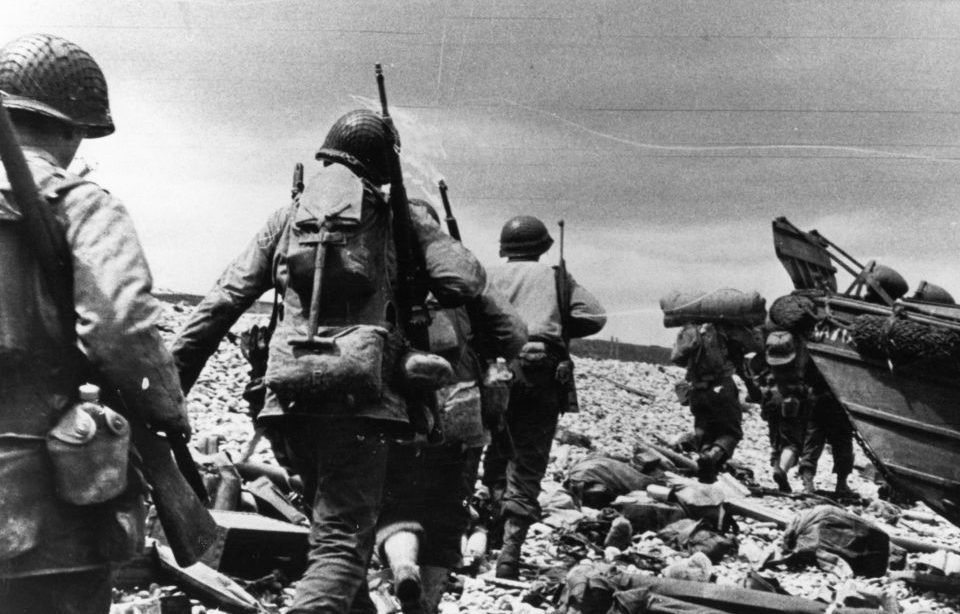Adolf Hitler spent his whole adult life attempting to take control of Europe, and once he took power in the Rhine, he turned his sights on the rest of Europe. The German Führer had an elevated opinion of himself and his ability – final military decisions were to be made by him. However, when the biggest decision of the Second World War came up, he was fast asleep.
Planning D-Day
The Allied forces had been making headway in World War II, but they knew they needed to gain a foothold in Western Europe. They would likely only get one shot at the mission and, if they failed, the world would be a very different looking place. Prior to the invasion, Supreme Commander of the Allied Expeditionary Force Gen. Dwight D. Eisenhower penned a letter accepting responsibility if the mission failed.
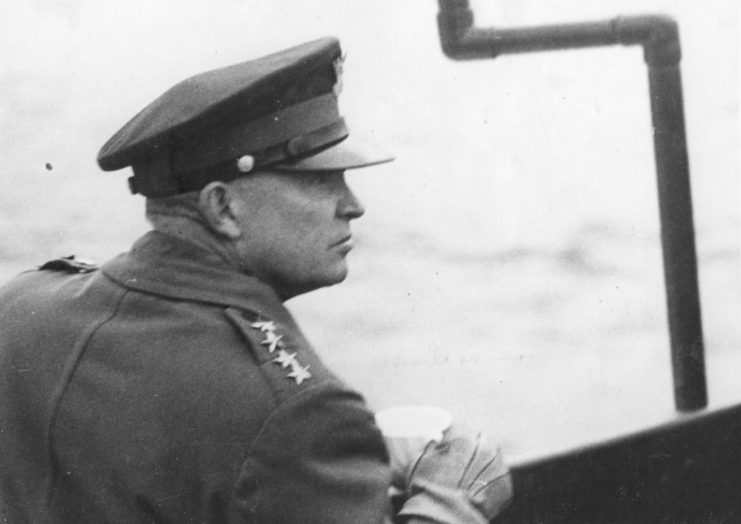
The Allies knew the Germans would be expecting a landing, so they did their best to deceive them. They ran Operation Fortitude, which featured fake radio transmissions through which a false US Army group under the command of Gen. George S. Patton. As well, German radar stations along the French coast were destroyed and dummy paratroopers were dropped from aircraft near Normandy.
The Germans had dueling ideas on how to deal with the landings
At the same time the Allies were planning the attack, the Germans were making their own plans in advance of a potential landing. On the Eastern Front in 1941, they’d employed a three-layered tank offensive that worked spectacularly for them. The plan for D-Day involved incorporating the same type of defense.
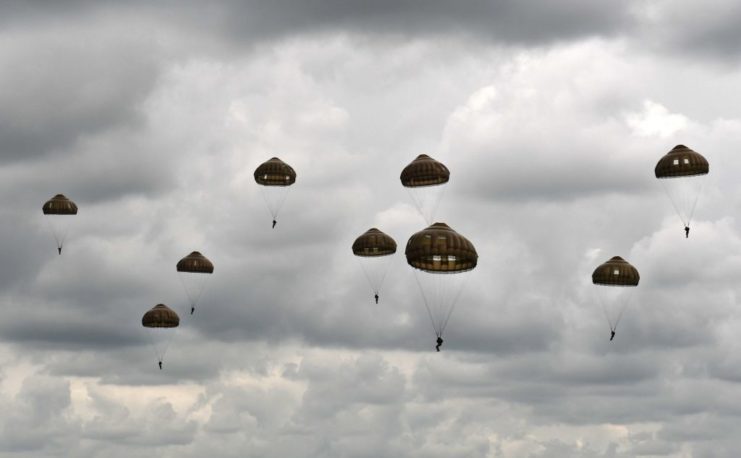
Field Marshal Erwin Rommel believed the German Army should defend the area differently. The “Desert Fox” was a respected military leader involved in German operations in North Africa, and he felt the defense against the Allied landings had to be different, as adjustments needed to be made for the different terrain.
Other German leaders, such as Field Marshal Gerd von Rundstedt, wanted to stay with the regular orders, while Hitler refused to weigh in on the matter. Instead, he chose to wait.
No one wanted to wake the German Führer
Hitler created what today would be called a toxic work environment. His subordinates were terrified to share their opinions or give him bad news. While he’d been indecisive regarding how to handle the looming Allied landings, the final decision on how to proceed would ultimately be up to him.
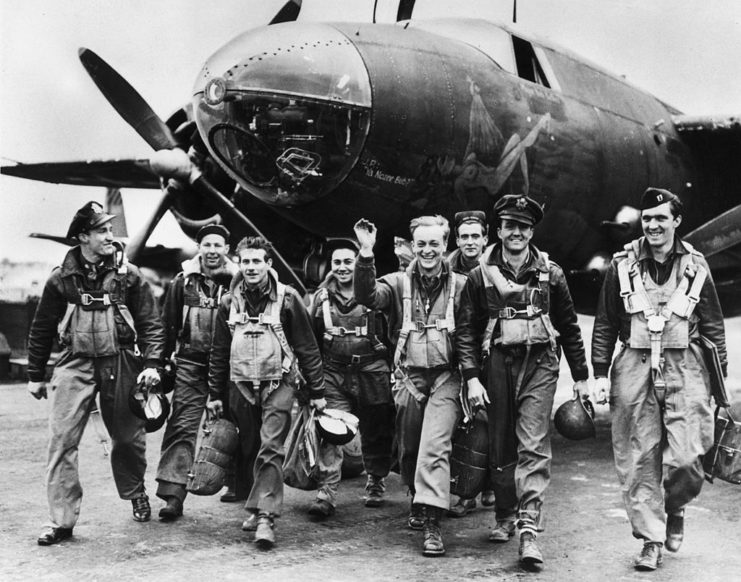
The Allies attacked on June 6, 1944. The early portion of the attack were uninspiring, with Eisenhower later saying:
“Our landings in the Cherbourg-Havre area have failed to gain a satisfactory foothold and I have withdrawn the troops. My decision to attack at this time and place was based on the best information available. The troops, the air, and the Navy did all that Bravery and devotion to duty could do. If any blame or fault attaches to the attempt it is mine alone.”
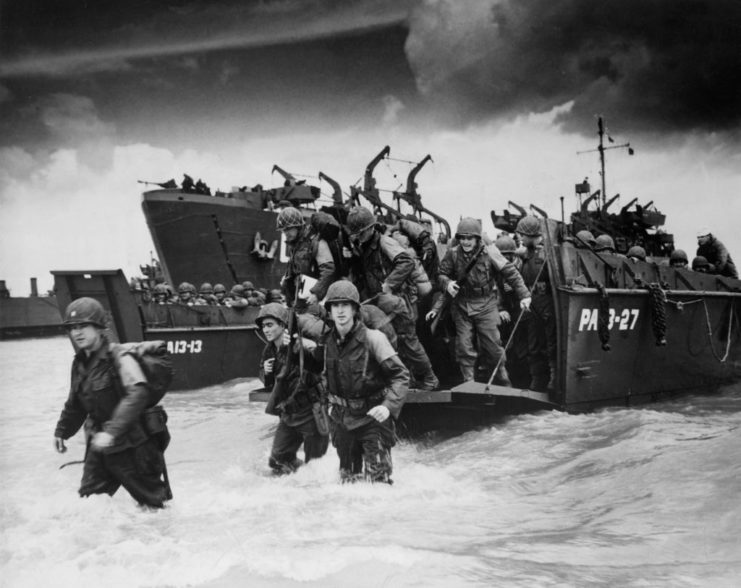
While the Allied forces didn’t have success right away, they did have an advantage. When a call came in to the Wolf’s Lair headquarters around 4:00 AM that morning, Hitler’s aides found him asleep – and they didn’t dare wake him up. As a result, the Allies were given enough time to make headway, while a reserve of German troops and tanks waited on the sidelines.
When Rommel heard of the D-Day landings, he rushed to the front, but his repeated calls to the German Führer’s office were in vain. Rundstedt, too, aimed to make a move, ordering two reserve tank divisions to move to Caen, but was told by central command that he’d overstepped his authority. As fate would have it, Hitler later approved the move to Caen, 12 hours after the first attempts to contact him.
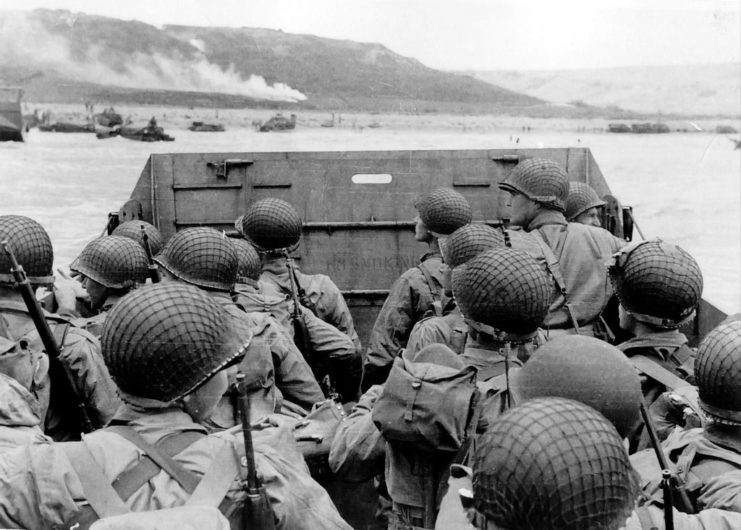
If Hitler hadn’t terrified his staff, the orders might have changed. Instead, the Germans lost a golden chance to turn the tide. In the end, Normandy became a turning point of the war, giving the Allies the boost they needed in Europe.
The aftermath of D-Day
Everything began to fall apart for Germany following D-Day. Rommel lost faith in Hitler soon after the operation, and wound up having a small role in the July 20, 1944 assassination plot against the German Führer. When that plot failed, he was taken into custody and given the choice to die by suicide or face trial. He chose suicide and died on October 14, 1944.
While he survived the assassination attempt, Hitler wasn’t long for the world either. With the war close to an end, he chose to die in cowardice, shooting himself, while his mistress, Eva Braun, bit into a cyanide capsule.
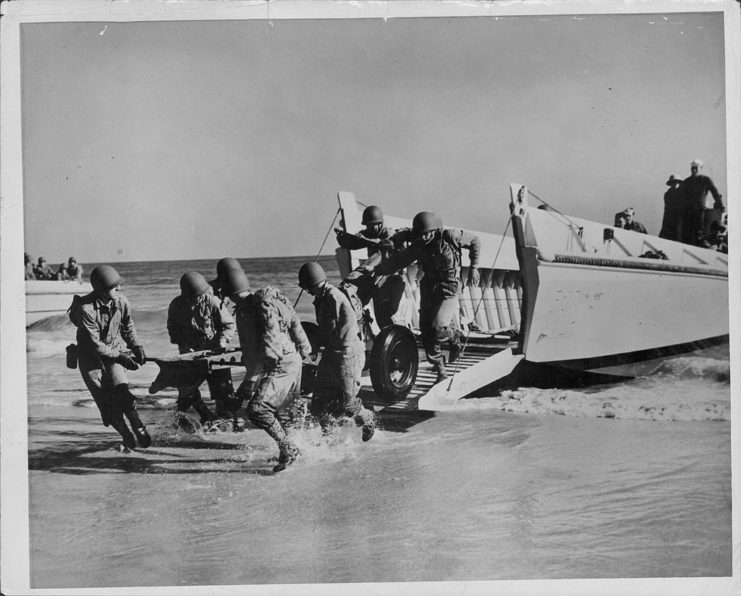
More from us: Sparrow Force Commandos Fought Against Unprecedented Odds During the Battle of Timor
Things were different for Eisenhower, who’d penned a note in the event the Normandy landing failed. Instead, he returned home a conquering hero and later became the President of the United States.
